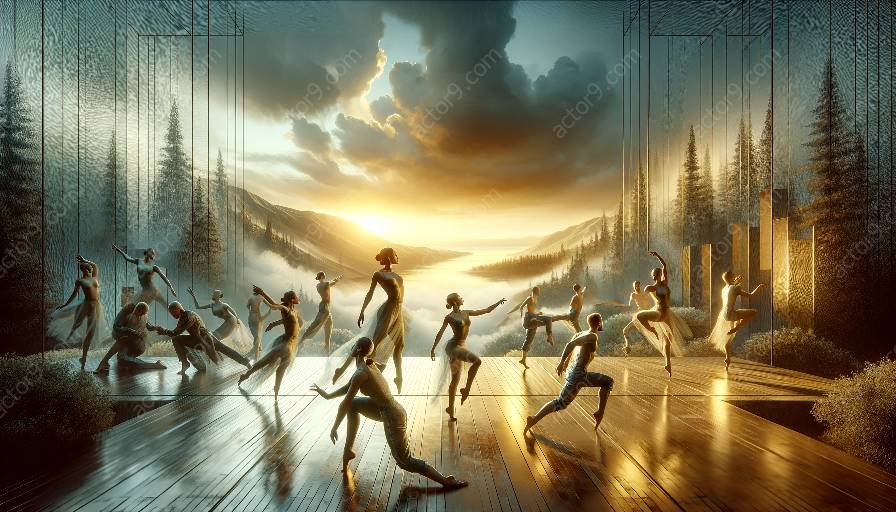Physical theatre is a dynamic and expressive art form that relies heavily on the use of the body as a primary mode of communication. Throughout history, body language has played a fundamental role in the development and evolution of physical theatre, shaping its expressive capabilities and defining its unique identity.
Origins of Physical Theatre and Body Language
The origins of physical theatre can be traced back to ancient civilizations, where rituals and religious ceremonies utilized the power of the body to convey meaning and emotion. In these early forms of performance, body language emerged as a powerful means of storytelling and communication, transcending linguistic barriers and connecting with audiences on a visceral level.
Influence of Historical Movements
As physical theatre continued to evolve, it drew inspiration from a myriad of historical movements and cultural practices. From the expressive gestures of Commedia dell'arte in Renaissance Italy to the stylized movements of Japanese Kabuki theatre, each era and culture contributed to the rich tapestry of body language in physical theatre. This diverse heritage enriched physical theatre with a wide range of expressive gestures, postures, and movement vocabularies, shaping the nuanced and multifaceted language of the body on stage.
Modern Interpretations and Innovations
In the modern era, physical theatre has continued to flourish and evolve, embracing innovative techniques and pushing the boundaries of body language as a dramatic tool. Influential practitioners and movements, such as the work of Jerzy Grotowski and the physical theatre experiments of the 20th century, have expanded the expressive potential of body language in performance, challenging traditional conventions and redefining the boundaries of physical storytelling.
The Importance of Body Language in Physical Theatre
Body language is integral to the essence of physical theatre, serving as a powerful vehicle for emotional expression, character portrayal, and narrative communication. Unlike spoken language, the body transcends linguistic barriers, allowing physical theatre to reach diverse audiences and resonate across cultural divides. The physicality and expressiveness of body language enable performers to convey complex emotions, evoke powerful imagery, and engage audiences in a visceral and immersive theatrical experience.
Furthermore, body language plays a crucial role in physical theatre training and practice, as performers hone their physical skills, body awareness, and expressive capabilities. Through rigorous physical training and exploration of movement, performers develop a deep understanding of the nuances of body language, expanding their expressive range and cultivating an embodied approach to storytelling and performance.
Conclusion
The historical evolution of body language in physical theatre has shaped its artistic identity and expressive potential, drawing from a rich heritage of cultural influences and artistic innovations. The importance of body language in physical theatre lies in its ability to transcend linguistic boundaries, convey profound emotion, and create immersive theatrical experiences that resonate with diverse audiences. As physical theatre continues to evolve and adapt, body language remains at the heart of its expressive language, driving the art form forward with its timeless power and versatility.




































